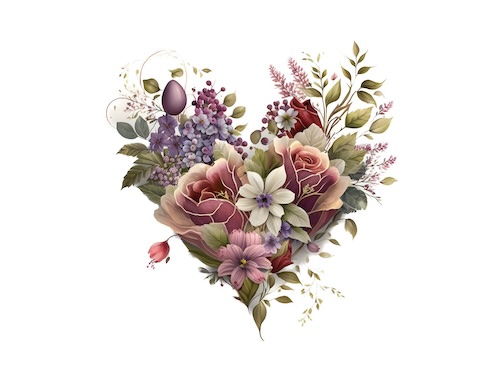In the world where instant messaging is the norm, the act of sending a greeting card through the traditional mail has a unique, timeless appeal. The presentation of your card, starting with the envelope, is crucial in setting the tone for your heartfelt message. It’s not just about the card itself but how the entire package communicates your feelings and intentions. Here’s how to master the art of envelope etiquette to make a lasting impression.

Choosing the right envelope size and quality is essential. It should complement your card, fitting it perfectly without being too tight or excessively loose. The material of the envelope also matters; it should be durable enough to protect the card from the elements, ensuring it arrives in pristine condition. This careful selection speaks volumes about your attention to detail and the care you put into sending your message.
The handwriting on the envelope deserves special attention. Clear, neat handwriting not only ensures that your card reaches its intended recipient without any hitches but also adds a personal touch that machine-printed text simply cannot match. Whether you’re sending a card to a professional acquaintance or a loved one, taking the time to write legibly shows respect and consideration.
Addressing the recipient appropriately is equally important. For formal occasions, adhering to proper titles and full names conveys respect and honors the formality of the event. In contrast, using a nickname or first name for close friends and family imbues your card with warmth and intimacy, reflecting the personal nature of your relationship.
Including a return address on the envelope is a practice rooted in both courtesy and practicality. It instantly identifies the sender, adding an element of anticipation and excitement for the recipient. Moreover, in cases where delivery issues arise, a return address ensures that the card finds its way back to you, allowing you to rectify any mistakes and ensure your message eventually reaches its destination.
Sealing the envelope properly is the final step in ensuring your card’s safe passage. A securely sealed envelope safeguards your message, maintaining the privacy and integrity of the words you’ve carefully chosen to share.
On the flip side, overcrowding the envelope with excessive decoration or text can detract from the elegance and clarity of your gesture. While the temptation to embellish might be strong, simplicity often speaks loudest, allowing the focus to remain on the message within.
Using stickers or labels for addressing, though convenient, might strip away the personal touch that handwriting imparts. An envelope addressed by hand carries with it a sense of personal effort and thoughtfulness that labels cannot replicate.
Correct postage is another critical aspect. It’s important to use the right stamp, considering the card’s size and weight, to avoid any delivery delays. Moreover, choosing a stamp that matches the occasion can add an extra layer of thoughtfulness to your card.
Before sending off your card, double-checking the recipient’s address is crucial. An outdated or incorrect address can lead to unnecessary delays or even the loss of your card. Taking a moment to verify this information can save your message from going astray.
The presentation of the envelope itself shouldn’t be overlooked. A well-presented envelope sets the stage for the message inside, making the act of receiving and opening your card a memorable experience. It’s these small details that collectively make sending and receiving greeting cards a cherished tradition, imbued with personal touch and emotional depth.
Please note that if you purchase from clicking on the link, some will result in us getting a tiny bit of that sale to help keep this site going.


